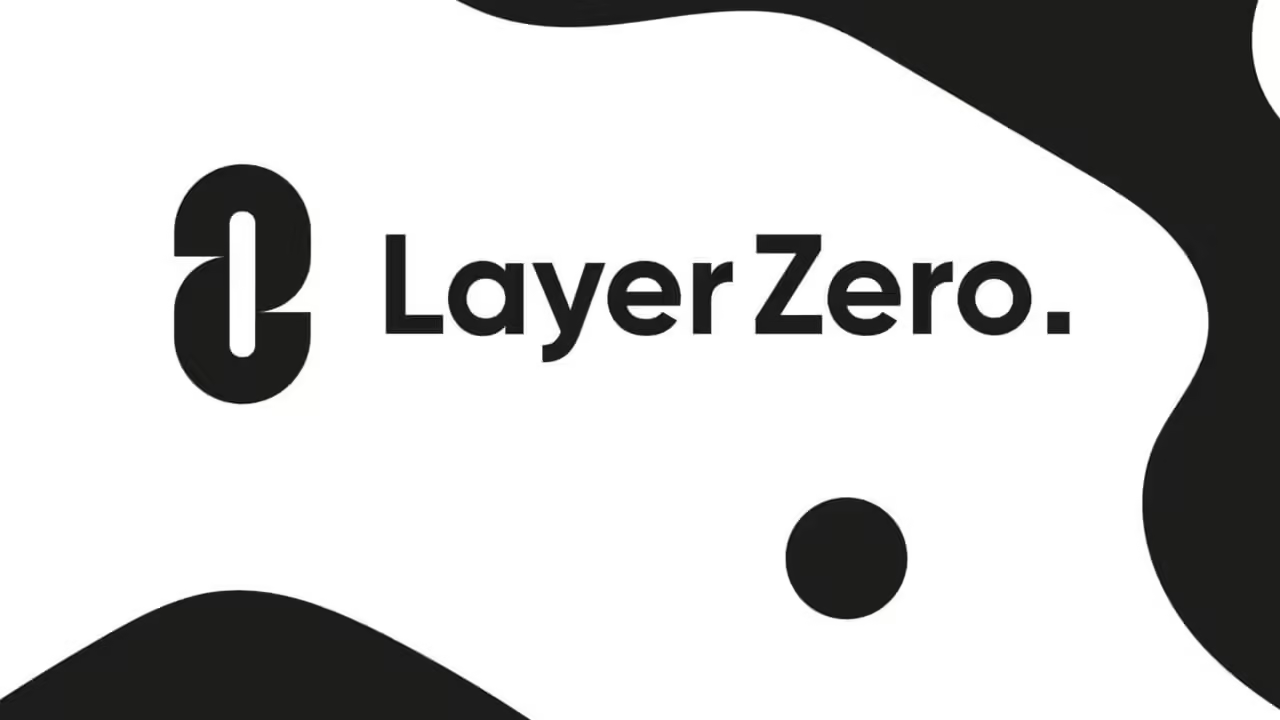|
Getting your Trinity Audio player ready...
|
IOTA is making waves in the blockchain world with its newly launched Layer 2 Ethereum Virtual Machine (EVM) network, designed to seamlessly integrate real-world asset (RWA) tokenization and enhance decentralized finance (DeFi) functionalities. This bold move aligns with IOTA’s broader vision of bridging the physical world with Web3, opening up new avenues for institutional investors and everyday users alike.
Transforming The Crypto Landscape – The Importance Of IOTA’s Layer 2 EVM Network
The introduction of IOTA’s Layer 2 EVM network brings a host of groundbreaking features tailored to the burgeoning sector of RWA tokenization. This network focuses on digitizing physical assets, from real estate to commodities, a strategic move aimed at capturing the vast potential of trillions of dollars worth of assets that are ripe for blockchain integration.
Notably, the Layer 2 network supports advanced functionalities such as smart contracts, cross-chain capabilities, and parallel transaction processing. These enhancements are bolstered by robust security measures against Maximal Extractable Value (MEV) manipulation, a significant concern in blockchain transactions. As a result, IOTA’s token has already experienced a 6% surge in price within 24 hours of the launch, significantly outperforming the wider crypto market.
The Case for Real-World Asset Tokenization
Tokenizing real-world assets is a rapidly expanding frontier in the cryptocurrency landscape. By converting physical goods into digital tokens, IOTA aims to facilitate easier trading on blockchain platforms. Co-founder Dominik Schiener emphasized this ambition, stating, “We are positioning IOTA to bring the real world to Web3 and help to bring trillions of assets and institutional investors on-chain.”
The recent establishment of the IOTA Ecosystem DLT Foundation under Abu Dhabi Global Market (ADGM) regulations demonstrates IOTA’s commitment to attracting institutional interest. This foundation is pivotal in offering a regulatory-compliant framework for DeFi activities and RWA tokenization, ensuring that institutions can engage without apprehension.
IOTA’s technology stack is specifically designed to cater to the needs of institutional investors, including on-chain Know Your Customer (KYC) protocols for investor identification. These features reduce regulatory hurdles, encouraging institutional participation in the burgeoning DeFi landscape. Additionally, the network’s built-in MEV-resistant technology safeguards against predatory transaction behaviors, enhancing trust among investors.
MEV manipulation has plagued many blockchain networks, allowing validators to profit by reordering transactions to extract additional fees. IOTA’s Layer 2 EVM network addresses this issue head-on, integrating MEV resistance as a core feature. This crucial addition not only boosts regulatory compliance but also fosters investor confidence, making IOTA a viable option for institutional capital.
Furthermore, the introduction of parallel processing allows multiple transactions to be executed simultaneously, significantly enhancing the network’s scalability. This improvement leads to reduced gas fees and faster transaction speeds, key requirements for any DeFi platform seeking to facilitate large-scale asset tokenization.
A New Frontier for DeFi Applications on IOTA
While the primary focus of IOTA’s Layer 2 network is RWA tokenization, the platform is also positioning itself to support a diverse range of DeFi applications. This sector has been a major driver of innovation in the cryptocurrency space, enabling peer-to-peer financial services without intermediaries. The upgrade will provide the necessary infrastructure for scalable and advanced DeFi services, positioning IOTA to compete with established networks like Ethereum.
With features like cross-chain compatibility and smart contract functionality, IOTA is not only expanding its use cases but also enhancing its capacity for interoperability. This is essential for DeFi applications that often depend on seamless asset and data exchange across different blockchain ecosystems.
As IOTA continues to evolve, its focus on real-world assets and institutional engagement distinguishes it from other blockchain projects. The combination of MEV resistance, parallel processing, and a regulatory-compliant framework positions IOTA as a key player in the future of blockchain development. Through its Layer 2 EVM network, IOTA aims to unlock new potentials in asset tokenization and decentralized finance, enhancing the tangible value of digital assets.
The successful integration of RWA tokenization could propel IOTA’s growth in the coming years, drawing in institutional investors and solidifying its status within the global financial ecosystem. As the landscape of blockchain technology advances, IOTA’s commitment to connecting physical assets with the decentralized web may very well position it as a leader in the tokenization of trillions of dollars worth of real-world assets.
IOTA’s launch of its Layer 2 EVM network marks a significant milestone in the ecosystem’s journey, combining cutting-edge technology with practical applications. By emphasizing RWA tokenization, DeFi capabilities, and institutional engagement, IOTA is laying the groundwork for a new era of blockchain utility—one that promises to revolutionize our understanding of finance and ownership in the digital age.
Disclaimer: The information in this article is for general purposes only and does not constitute financial advice. The author’s views are personal and may not reflect the views of Chain Affairs. Before making any investment decisions, you should always conduct your own research. Chain Affairs is not responsible for any financial losses.
I’m a crypto enthusiast with a background in finance. I’m fascinated by the potential of crypto to disrupt traditional financial systems. I’m always on the lookout for new and innovative projects in the space. I believe that crypto has the potential to create a more equitable and inclusive financial system.




